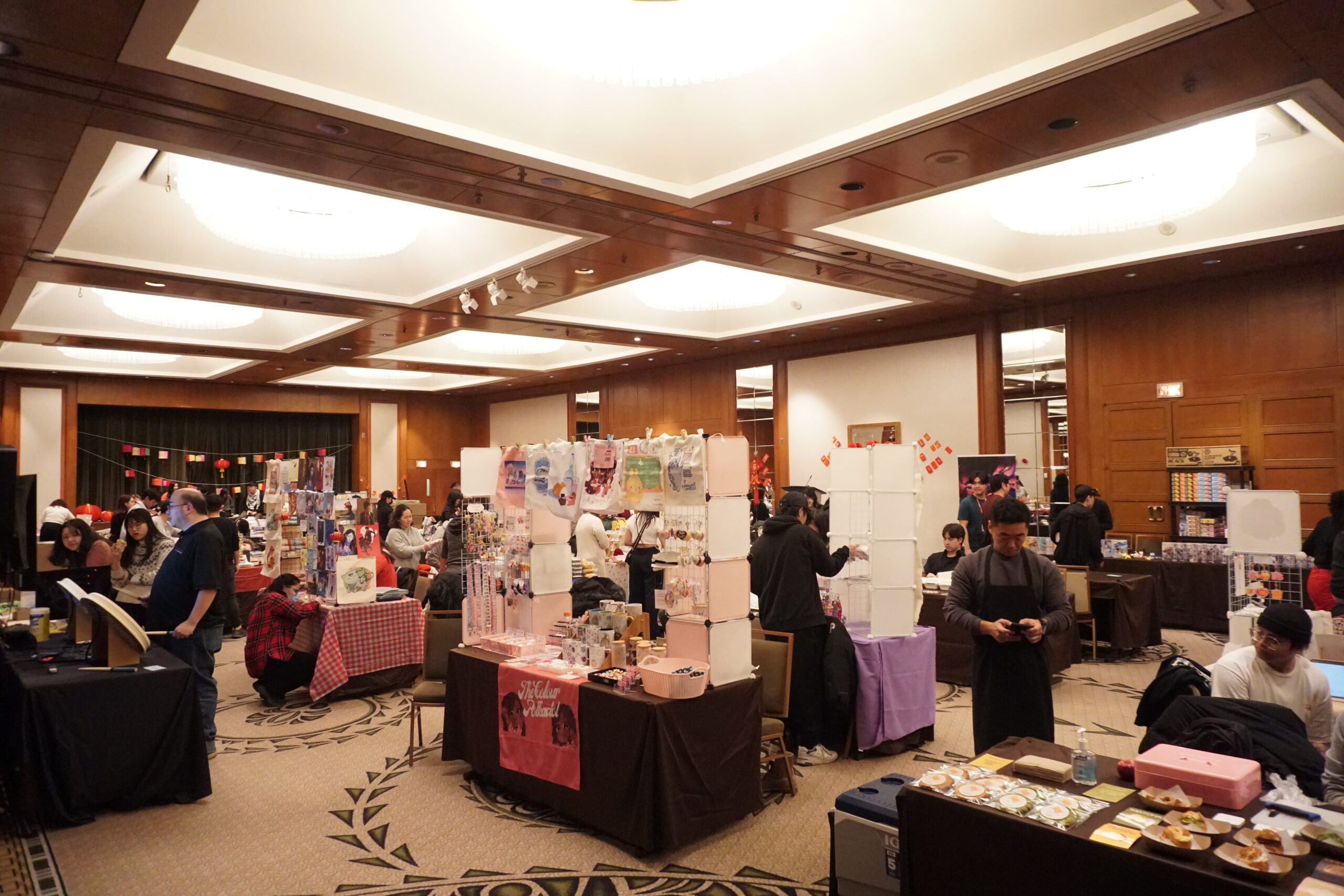The Concordia Canadian Asian Society is a home in-between cultures.
Concordia University counts a little over 35,000 undergraduate students, a number that can make even the most sociable feel lost. The Concordia Canadian Asian Society (CCAS) immerses students in a multicultural hub through various Asian traditions that bring comfort and remind many students of home.
The club comprises over 30 executives and has over 3000 members on their Facebook group. They host around five events a semester, but hold daily office hours, and meet up regularly. The club enlivens students’ semesters with different events, like the Lunar New Year, bake sales, Halloween gatherings, and opens their event to anyone interested. “We had a lot of people who come out to support who are not necessarily Asian and are just interested in learning,” said Anthony Lum, the club’s senior advisor.
The club values any form of cultural exchange and encourages non-Asian people to appreciate and learn about aspects of Asian culture. However, on recent occasions, members felt an urgent need to reinforce the safe environment they promised their members.
While this engagement from open-minded students is an excellent support system for the CCAS, it has also been a source of concern for the members. Lum refers to instances when individuals attending club events made people uncomfortable. He recalled a Halloween event hosted by the club, where certain attendees behaved inappropriately. “It turns more into appropriation versus appreciation,” Lum said.
Discomfort arose when unwanted romantic advances were persistently made toward club members. “People were trying to talk to and get girls’ numbers, to the point that it made many of our members express discomfort. They are not trying to talk to everyone; they are specifically aiming for Asians,” Lum said.
Lum explained how they’ve encountered instances involving “creepier, older, non-Asian individuals who aren’t necessarily students, trying to attend our events.”
These negative interactions have pushed the CCAS to take safety precautions in organizing events that are open to the public by increasing security, designating safe rooms and monitoring their events attentively.
Worried, the society is adamant about protecting their space, as it provides a crucial space for those feeling lost between cultures to express themselves and find community. The club remains committed to safeguarding a place many call home.
The yearning for a place to call home is more complex than the nostalgia of a location, as most CCAS members were raised in the province and have never left their place of birth. “Many of us feel the sentiment that if you’re born here and you are the visible minority, we feel like we don’t fully belong here,” Lum said.
Lum himself feels like he stands out. “Around the West Island, I was the only Asian in the area. And then I go to Asia and visit where my family is from. I still don’t belong because I’m Canadian. I don’t speak the language; I’m not from there,” Lum said.
Lum encounters challenges in fully understanding both cultures and recognizing the existence of a middle ground where individuals like him can develop a sense of belonging. This feeling has influenced his involvement with CCAS, as the club strives to reconcile the feeling of cultural disconnect.
“A significant number of our members are from international locations outside of Canada or Quebec,” said William Tan, CCAS co-president. Many have expressed how the club creates a space where they can forge connections with anyone who shares their interests, regardless of nationality.
This feeling is shared by member Yanh Lee, the CCAS’s photographer and videographer.
“I grew up here in Montreal. I never really learned Vietnamese; I had to self-learn it. People that are native to my own origins tend to make fun of how I speak in my own dialect,” Lee said.
Lee explained that the CCAS goes beyond language barriers and allows him to feel comfortable with the shared experiences of the group. The connection he shares with fellow members goes beyond shared cultural backgrounds; he feels seen as an individual, allowing for deeper conversations and relationships.
“CCAS embraces me and understands who I am as a person,” he said. He has found that the connection the society offers has given him a place to be truly creative.
Often understood as a homogeneous entity, the diversity of Asian traditions, languages, and customs creates many opportunities for cultural exchange among the society’s members. CCAS embodies the common value of sharing collective experiences brought by each unique culture within the Asian diaspora.
The CCAS embodies an exploration of the ways differences in Asian cultures contribute to feelings of comfort among members. “The way you make dumplings across Asian cultures is slightly different, but also slightly the same,” Lum noted during a recent dumpling-making event. The event was a series of exchanges that compared techniques and preferences when making dumplings, revealing the differences in each culture.
“It’s really cool to see the differences through the things that we have in common,” he said, capturing the essence of CCAS’s fundamental goal to facilitate exchanges within the diversity of Asian cultures in a safe and united environment.
